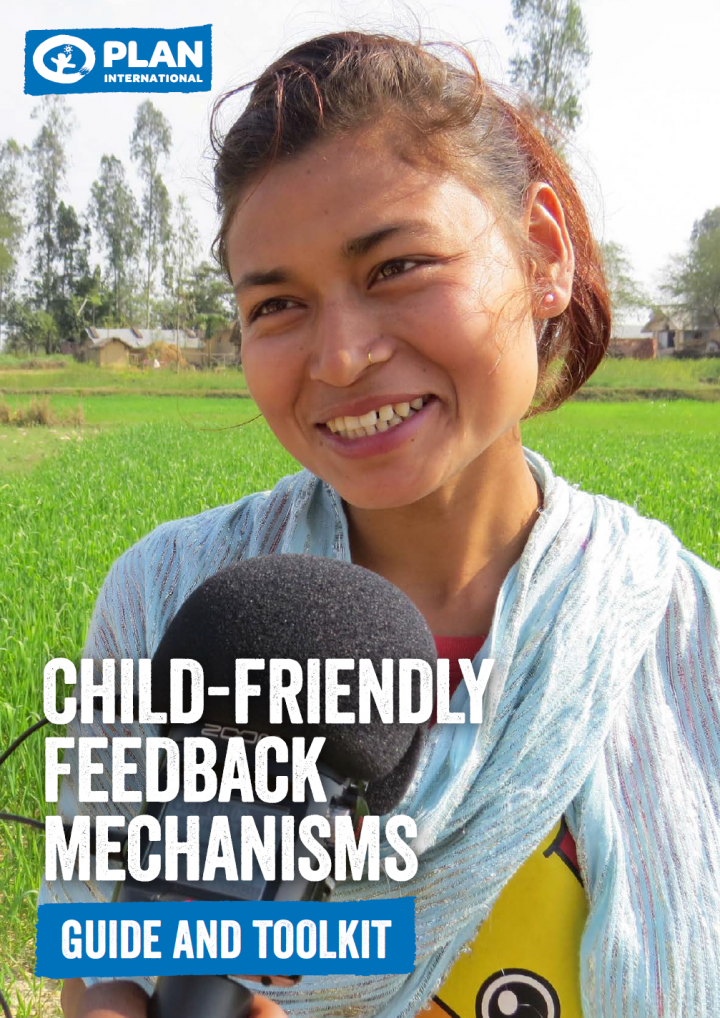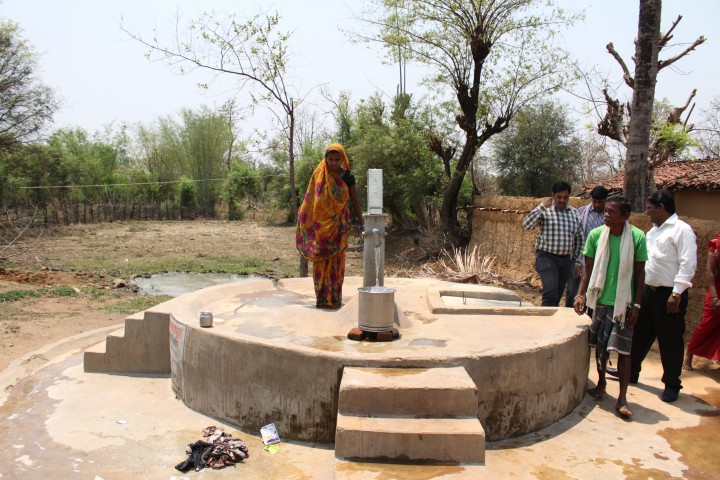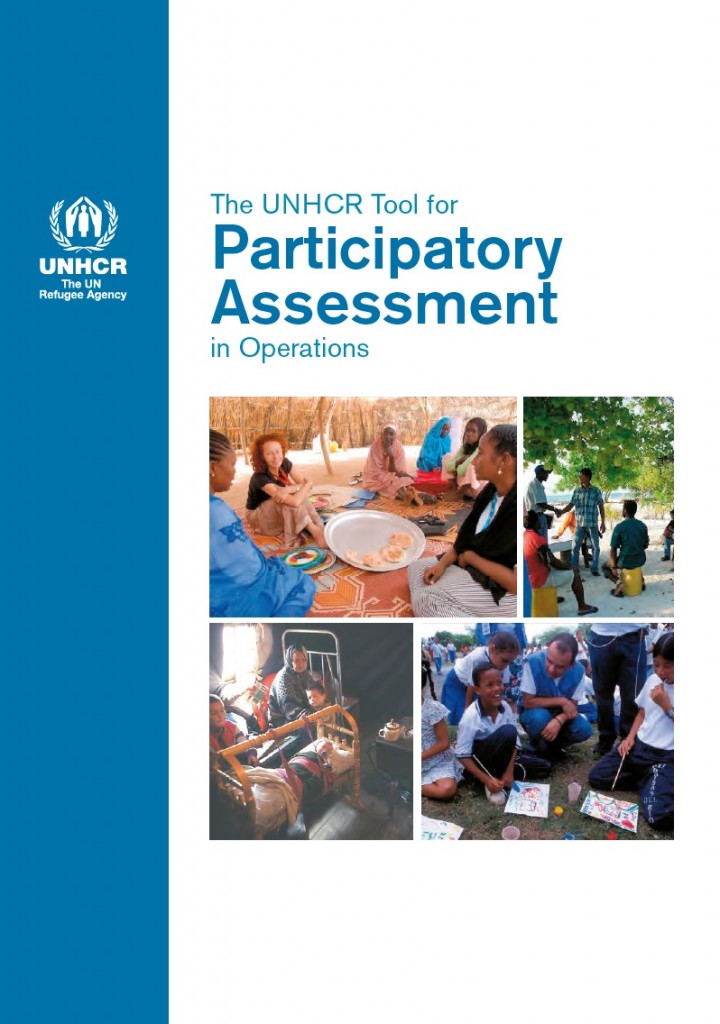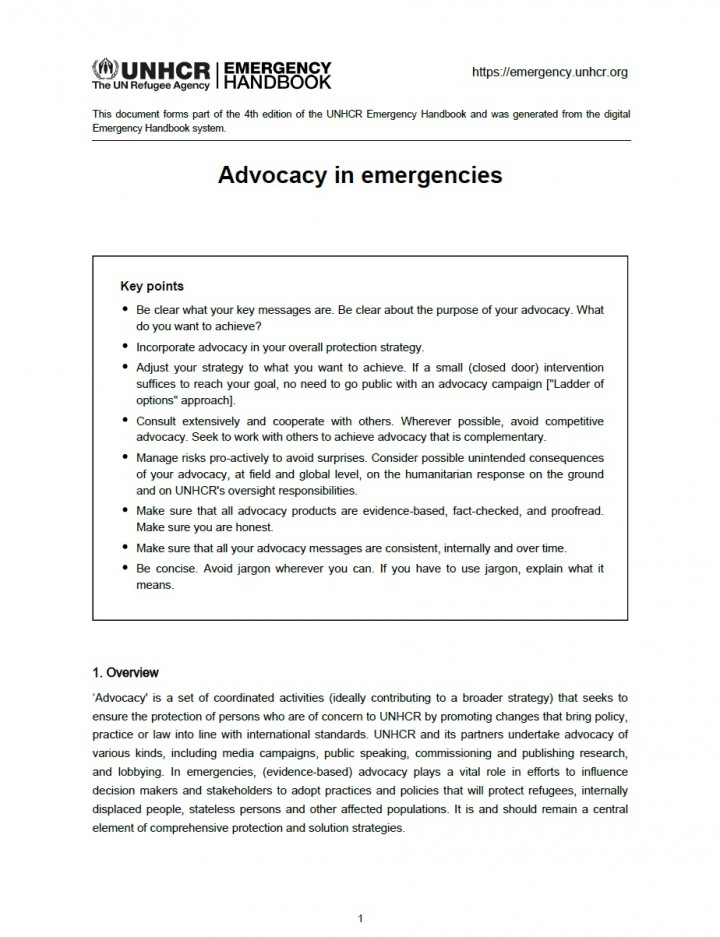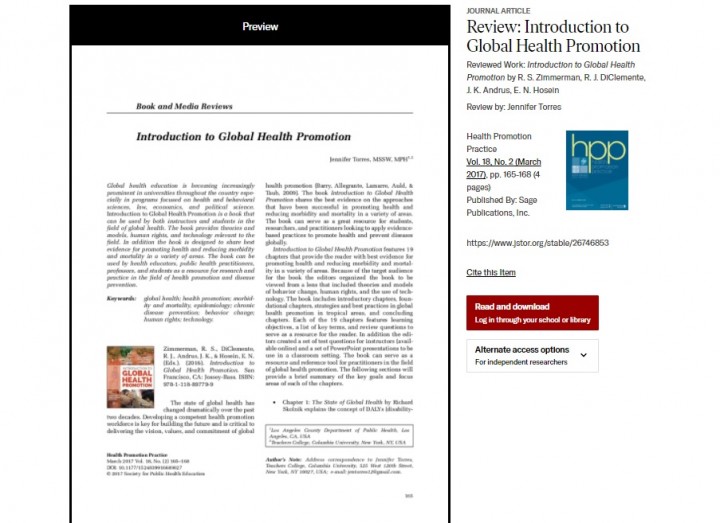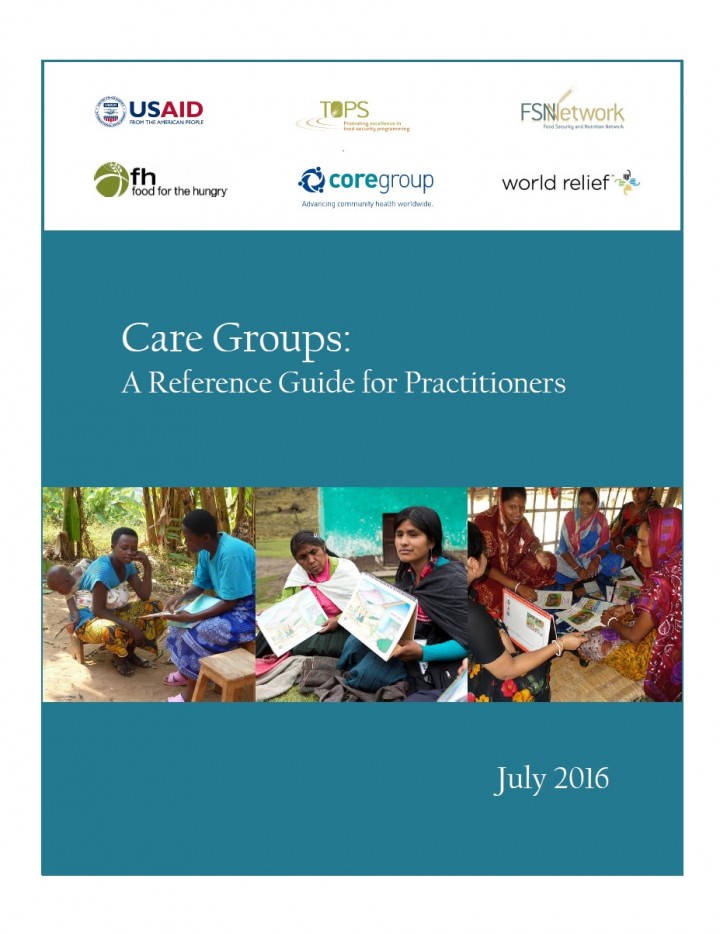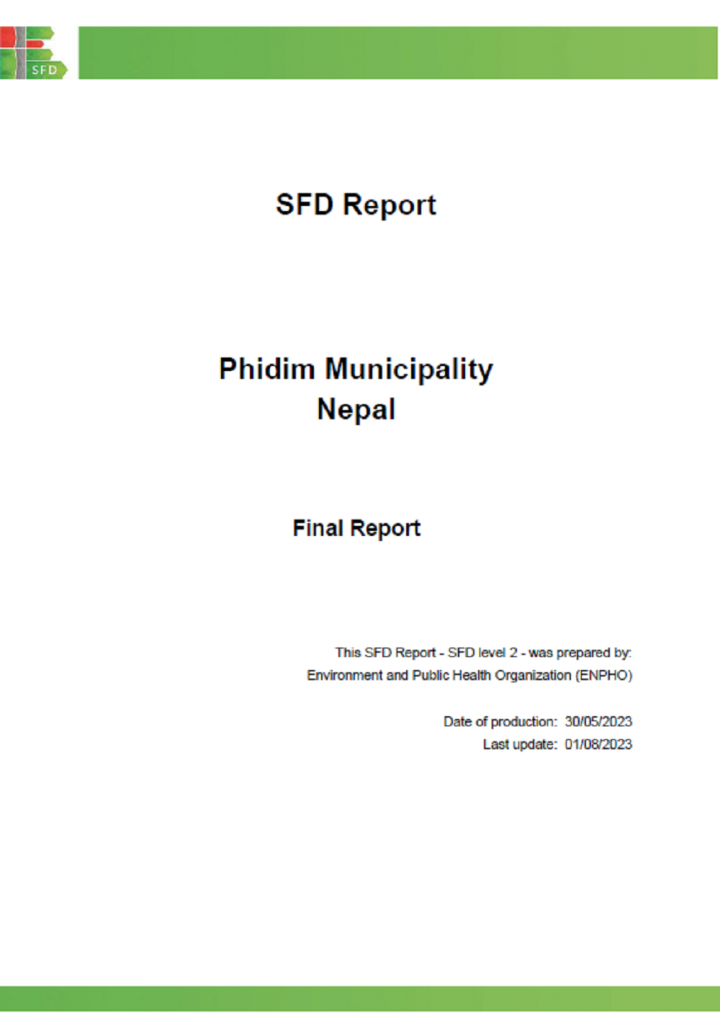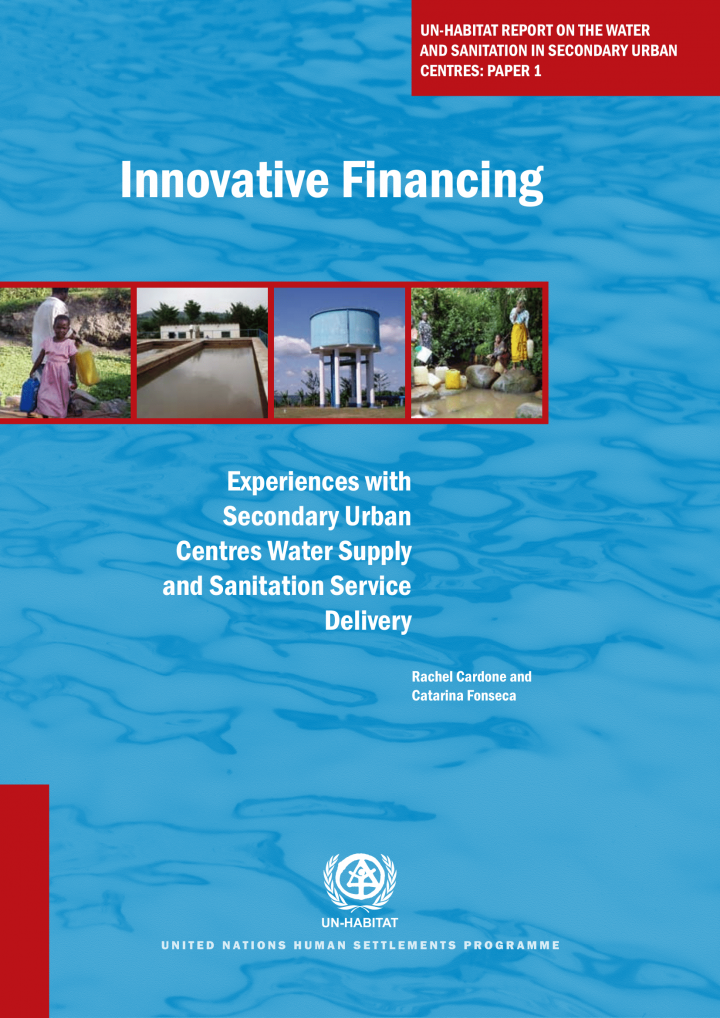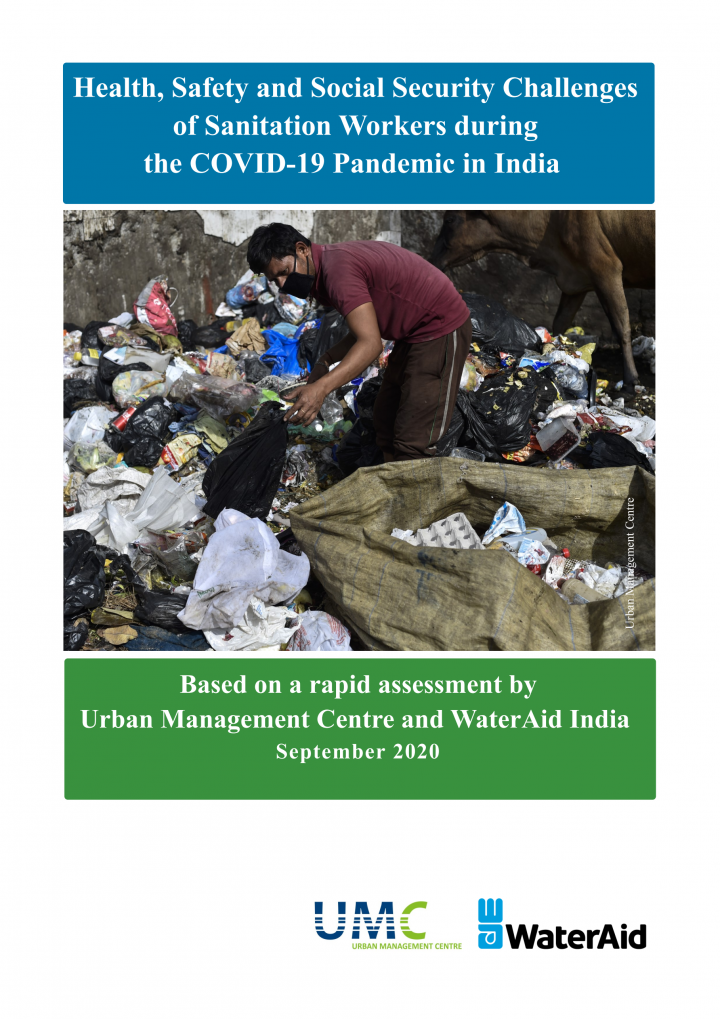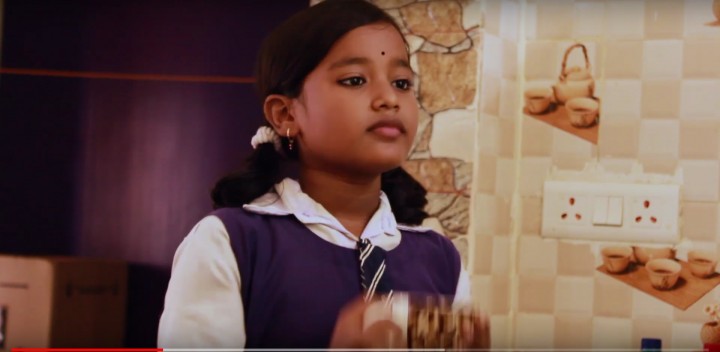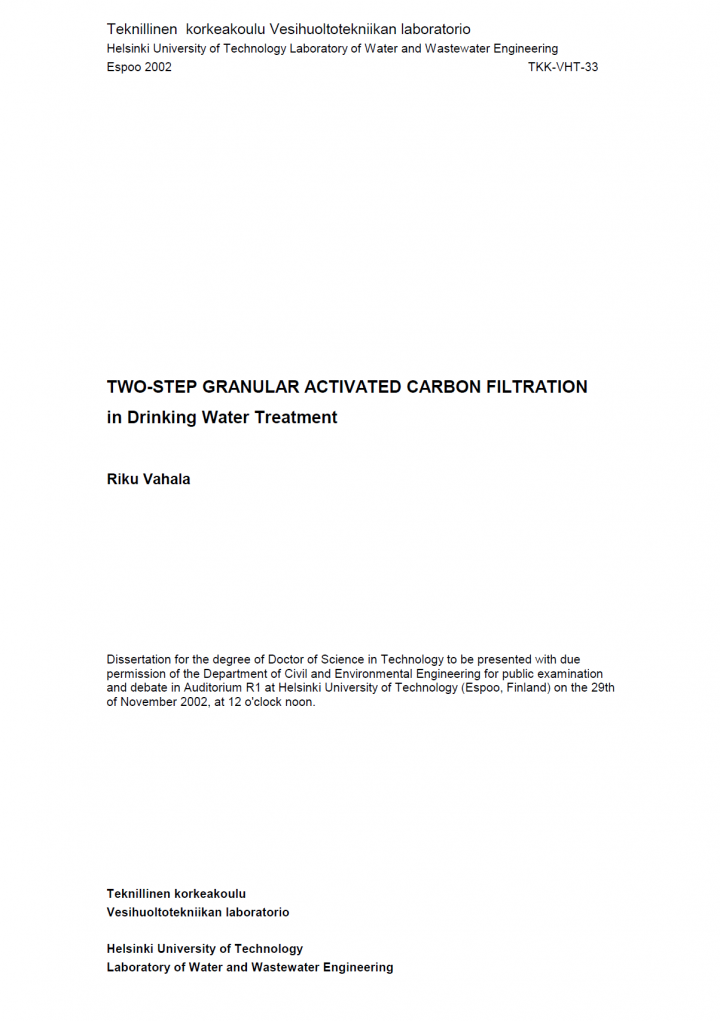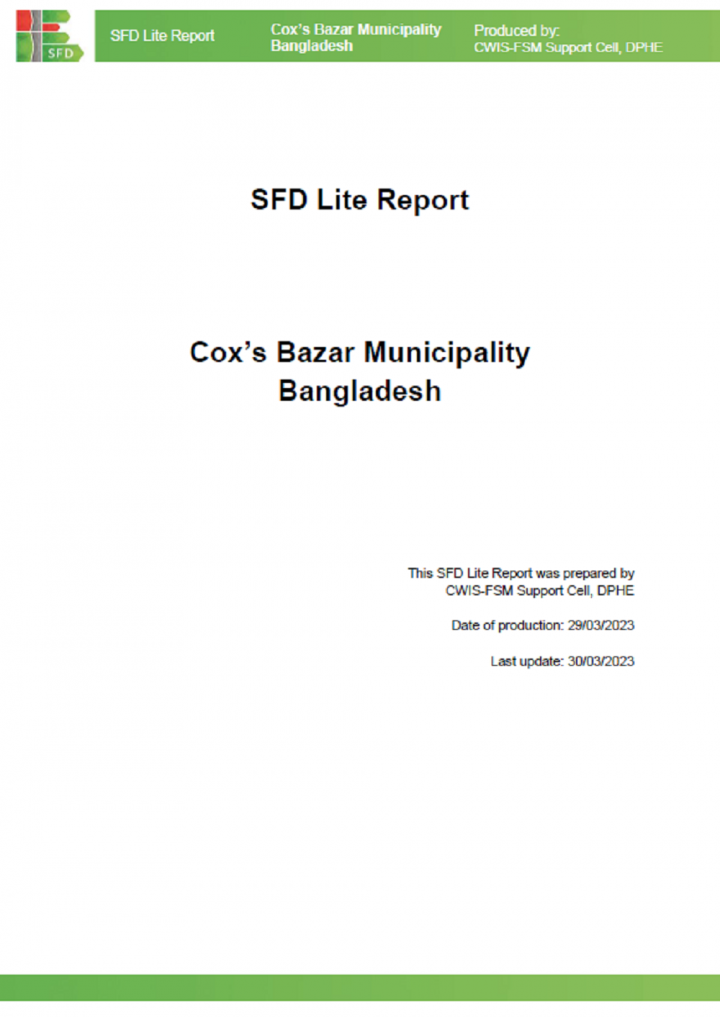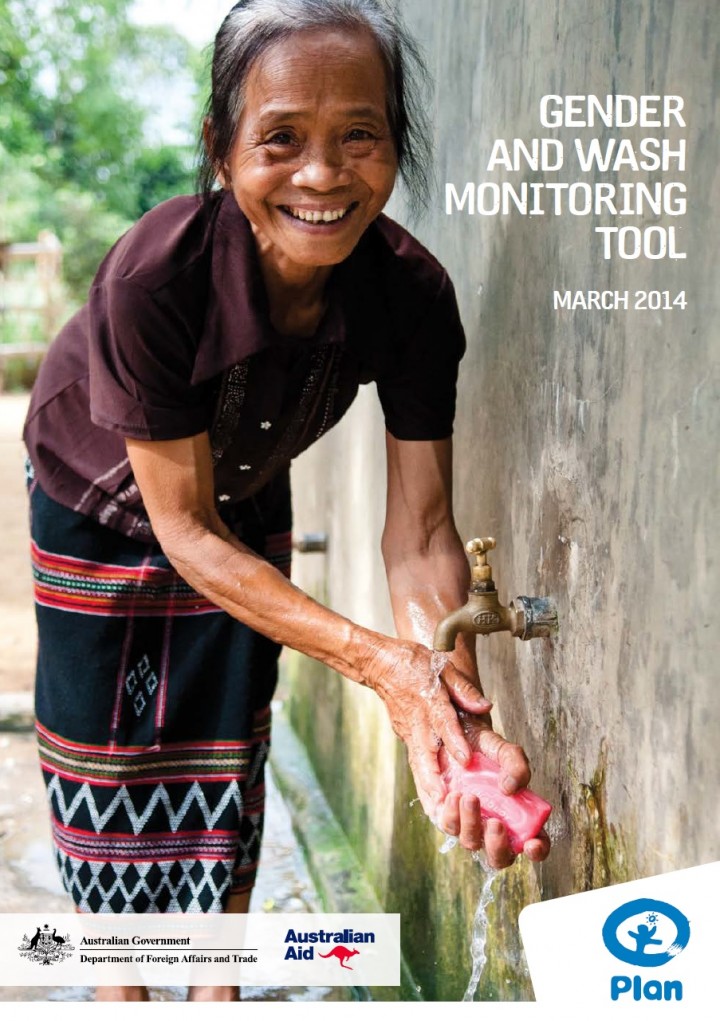Searching for information on Sanitation Workers?
The Sanitation Workers Knowledge + Learning Hub is the best source for all current news, trends, articles and updates on sanitation workers rights around the world.
The Fit for School (FIT) programme integrates school health and Water, Sanitation and Hygiene interventions, which are implemented by the Ministries of Education in four Southeast Asian countries. This paper describes the findings of a Health Outcome Study, which aimed to assess the two-year effect of the FIT programme on the parasitological, weight, and oral health status of children attending …
The GIZ Programme WatSSUP operates on the nexus of humanitarian and development work and focuses on both refugee and host communities. The programme is implemented under the special initiative on forced displacement of the German Federal Ministry for Economic Cooperation and Development (BMZ) and implemented by GIZ in line with Germany’s commitment to international burden and responsibility …
The purpose of this guide is to support Plan International and its partners in developing or strengthening child friendly feedback mechanisms in humanitarian settings. The step-by-step guidance and accompanying tools help humanitarian teams to design and implement feedback mechanisms in collaboration with children, young people and communities.
"This operator instruction manual is the reference document for the operation and maintenance of the equipment and processes that comprise the tiger bio filter (TBF) based
faecal sludge treatment plant (FSTP) at Wayanad, Kerala. This manual will enable the plant operator and helper to run the plant smoothly and assist during site operations and maintenance work."
This session explores the changing nature of sanitation work from a global and historical perspective. It sets out to challenge misconceptions that sanitation work (including hazardous forms) is confined to the so-called 'Global South', or that the 'Global North' has found the 'solutions' to safe sanitation for all. Drawing on experience in India, Pakistan, the USA and Nigeria, the session …
Module 1 creates awareness on the technology and applicability of the rope pump as a family water
pump and provides a road-map for implementation. It is meant for NGO’s, governments and implementing organisations considering the implementation of a rope pump production and installation project.
Module 2 describes the installation and maintenance procedures of the rope pump. This module is …
‘Advocacy' is a set of coordinated activities (ideally contributing to a broader strategy) that seeks to ensure the protection of persons who are of concern to UNHCR by promoting changes that bring policy, practice or law into line with international standards. UNHCR and its partners undertake advocacy of various kinds, including media campaigns, public speaking, commissioning and publishing …
Introduction to Global Health Promotion addresses a breadth and depth of public health topics that students and emerging professionals in the field must understand as the world's burden of disease changes with non-communicable diseases on the rise in low- and middle-income countries as their middle class populations grow. Now more than ever, we need to provide health advocacy and intervention to …
Purpose: To evaluate the level of accessibility and safety of an existing water and/or sanitation facility and its surrounds, and to identify possible changes or improvements.
Diversity message: Simple changes to facilities and their surrounds can improve their usability for a wide range of users, thus avoiding the need for separate ‘special’ provision.
Safety message: To consider any risks …
A pre-recorded conversation between Dr Jen Barr and consultant, researcher and photographer Dr CS Sharada Prasad, who is behind many of the striking images used by international agencies to highlight the everyday lives of sanitation workers (especially those involved in manual pit latrine, septic tank, sewer, drain or dry latrine cleaning) across India.
In this recording, Dr Prasad reflects …
Sanitation workers provide a fundamental public service. Yet they often face extreme health hazards and safety risks on the job. In many developing countries, they are informal workers with no legal protections or rights. With a lack of visibility in society, they can be stigmatized, marginalized and ignored.
Here are the stories of five sanitation workers in their own words.
Phidim Municipality was declared as municipality on 18th May 2014. It is in Panchthar District, Koshi Province in the eastern Nepal. It is divided into 14 political wards. The municipality has a total population of 48,495 with 23,679 males and 24,816 females (Census 2021, n.d.). Out of total wards, ward number 1 has the largest population (8,944) while ward number 9 has the least population with …
Secondary urban centres vary widely, both in terms of economic base and water service delivery models. Moreover, what constitutes a Secondary urban centres in one part of the world may be deemed to be something else somewhere else. For example, what might be regarded as Secondary urban centres in India and China might be considered to be small cities in Africa. This paper specifically deals with …
While sanitation workers already face several health and safety risks, financial challenges and stigma due to the nature of their work and caste-based discrimination, the COVID-19 pandemic has further added to their challenges and vulnerabilities. The Urban Management Centre and WaterAid India jointly conducted a rapid assessment to understand the health, safety and social security challenges …
The film shows the inequities in access to clean drinking water. It shows a mother washing vegetables in clean drinking water, rather than using tap water. Her daughter notices this and points out that lack of clean drinking water leads to many child deaths, while here she was wasting clean water. The film ends with the mother realizing the message.
In the treatment of Finnish surface waters, the main objective is to reduce natural organic matter (NOM) before the water is disinfected. In many treatment plants, granular activated carbon (GAC) filtration is applied for the enhanced removal of NOM after conventional treatment. The aim of this study was to assess the performance of two-step GAC filtration in NOM removal from cold humic lake …
Cox’s Bazar is a fast-growing city, which is 402 km away from Dhaka city and it is well connected with road, and airways. It is bounded by the Bakkhali River in the north and east and by the Bay of Bengal in the west. Cox’s Bazar Municipality was established in 1869. it was upgraded to class A municipality in 1972. Cox’s Bazar is one of the 53 municipalities in the country.According to the …
The GIZ Programme WatSSUP operates on the nexus of humanitarian and development work and focuses on both refugee and host communities. The programme is implemented under the special initiative on forced displacement of the German Federal Ministry for Economic Cooperation and Development (BMZ) and implemented by GIZ in line with Germany’s commitment to international burden and responsibility …
Plan International Australia (Plan Australia) would like to share the Gender and WASH Monitoring Tool (GWMT). Promoting gender equality demands significant attention in every WASH intervention as gender relations are integral to the effectiveness and sustainability of WASH. The literature suggests that measuring change in the context of gender relations presents ongoing challenges for monitoring …
The OHI is considered a composite indicator because it combines many indicators into a comprehensive framework describing ocean health. This is in contrast to focusing on individual indicators, such as phosphate levels, sedimentation, biodiversity, etc. Individual indicators are important, but they provide limited information when it comes to evaluating how well an overall ecosystem is …



